South Korean Stock welcomed 2025 with a bumpy yet guardedly optimistic beginning for the stock market. At the start of the year on January 2nd, the benchmark KOSPI index remained almost unchanged from the previous trading day at 2,398.67 points with a decline of only 0.03%, or 0.82 points. This flatness mirrors mixed messages in the latest economic data emanating from South Korea as both positive and negative indicators from these reports are filtering into the market.
Stock Market Overview: South Korea’s Start to 2025
South Korea’s stock market ended the year 2024 on a low note, ranking as the worst performer among the major Asian markets. The KOSPI index closed the year down by 9.6%, while the MSCI Asia Pacific index, excluding Japan, gained 7.7% for the same period. Yet, the stock market began the year 2025 with more neutral economic data, both helping and hurting investor sentiment.
In the opening trading session of 2025, South Korean stocks largely remained unchanged. Despite this, it did not come as a surprise because mixed economic data from investors continued to be processed. Economic data often acts like a catalyst for stock market movements; when the data presents conflicting signals, a more cautious, subdued market response ensues.
Economic Data: Optimistic and Pessimistic Signals
The mixed economic data released at the beginning of January painted a complex picture for South Korea. On one hand, exports exhibited a strong growth trend and easily outperformed market expectations for December 2024. It not only managed to grow but ended the year on a record note. The growth in exports is especially significant since it underlines the resilience of South Korea’s manufacturing sector, which has been one of the biggest drivers of economic expansion in that country.
On the other hand, however, factory activity contracted. This is a worrisome sign, and it’s an even more significant one since it indicates a slowdown in manufacturing activity that could have repercussions throughout the overall economy. The contraction in factory activity is seen as a manifestation of broader global uncertainty, with worries over U.S. trade policies and South Korea’s domestic political issues weighing on the industrial sector.
Additionally, South Korean manufacturing sentiment went negative for the first time since mid-2020. This reading is worrying because it could indicate a more general loss of producer confidence that will weigh on future growth in coming quarters. Producers identified global trade tensions and domestic political challenges, specifically regarding elections, as among the top sources of uncertainty.
1. Monetary Policy and Market Conditions: Balancing Flexibility
The central bank of South Korea has admitted the need for flexibility in monetary policy in 2025. According to the governor of the Bank of Korea, monetary policy will have to be agile and responsive to the evolving economic conditions since political and economic uncertainty is on the rise. This means that the central bank will be monitoring events at both domestic and global levels closely to decide what to do with interest rates and other monetary measures.
With inflationary pressures in many parts of the world, including South Korea, interest rate adjustments will be critical in guiding the economy through any turbulence. Furthermore, the central bank of the country needs to reconcile economic growth with inflation control. These are sometimes conflicting goals, especially during times of uncertainty.
2. Sector-Specific Performances: Mixed Results Across Key Industries
When broken down, the performance of South Korea’s major industries on the first trading day of 2025 was a mixed bag. Index heavyweights include Samsung Electronics, a leading global semiconductor producer, whose share decreased by 0.56%. Another prominent chip manufacturer, SK Hynix, also went down by 1.61% during the day. It does not come as a surprise that these stocks fall since the cyclical nature of the semiconductor industry is dealing with price pressures as well as demands that change all the time.
Contrastingly, firms in renewable energy and autos seem to withstand. LG Energy Solution, for one, has gained 0.72%, the largest among major battery producers. This somehow hints at brighter days ahead, where electric vehicle projects and renewables shall be some of the significant areas of expansion for the immediate future.
Hyundai Motor added 1.42% in the automotive sector, while its sister company, Kia Corp, gained 1.09%. The global shift toward electric mobility and the recovery of global vehicle sales following the pandemic-induced slowdown continue to benefit the automotive industry.
On the other hand, e-commerce and biopharmaceuticals, which have experienced explosive growth in recent years, had some headwinds. These sectors declined as investor sentiment shifted due to broader economic concerns. Investors are likely shifting their focus toward more defensive sectors, such as technology and energy, amid the global economic uncertainty.
Foreign Investment and Capital Flow
Foreign capital flows also play a vital role in the performance of the South Korean stock market as they significantly determine market mood. Foreign investors, on January 2, 2025, sold a total of 59.7 billion won worth of stocks on South Korea’s main board and were net sellers. This indicates that foreign investors are adopting a risk-averse position, which may have been triggered by mixed economic data and overall global uncertainties.
This foreign capital outflow may reflect South Korea’s homegrown issues, such as the risk of political instability and trade uncertainties that persist. However, such outflows are not entirely unexpected in a world where the tide of investment is changing with the increasing stringency of monetary policy across much of the globe.
1. Currency Performance: The South Korean Won
South Korean won rose slightly by 0.20 per cent to the U.S. dollar as it traded at 1,469.3 per dollar as of the previous day’s closing of 1,472.3. Won’s performance represents a larger pattern of stabilizing Asian currencies with the strengthening dollar of the U.S.
South Korean treasury bonds presented a more stable performance in debt markets. March futures on three-year treasury bonds surged by 0.06 points to 106.71. Investors tend to hold relatively safer assets during times of uncertainty, which is a sentiment reflected through the yield of the three-year Korean treasury bond that declined marginally by 2.3 basis points to 2.573%. Benchmark 10-year yield remained the same at 2.871%. This stability in the bond market is a good sign that investors are looking for safer investments in light of economic uncertainty, possibly because of global inflation and political instability.
2. South Korea Stock Market Outlook 2025
Looking ahead, the South Korean stock market will be going through a series of economic and geopolitical complexities. The manufacturing sector of South Korea is still performing well, but the export growth is impressive, and the risk of political instability and global trade tensions may weaken investor sentiment in the short term. The ongoing regulatory and political landscape in South Korea will be a significant factor that will shape investor confidence.
Mixed signals from economic data notwithstanding, the South Korean government and central bank are likely to continue playing an active role in ensuring the stability of the financial markets. Performance in all key sectors — technology, automobile, and energy — will significantly determine the improvement in market performance in 2025. Further stabilization in the political environment and mitigation of global trade tensions might work to boost investors’ sentiments enough to result in a positive mood for South Korean equities in 2025.
Conclusion South Korean Markets: Transitioning State
South Korea’s stock market enters 2025 with optimism but resilience to withstand pressure on the economic as well as investor front. Mixed economic data, such as strong export growth coupled with a contraction in factory activity, can be both opportunities and risks for investors. Such mixed signals responded to by the market reflect greater global uncertainties and concerns over U.S. trade policy and domestic politics. With the national central bank able to have an easy monetary policy stance, it will require that investors or investors’ expectations understand not only international activity but also the local dynamics of South Korea’s economic environment.
Going forward, key sectors, foreign capital flows, and currency movements will all contribute to South Korea’s continued economic future as its stock market evolves.


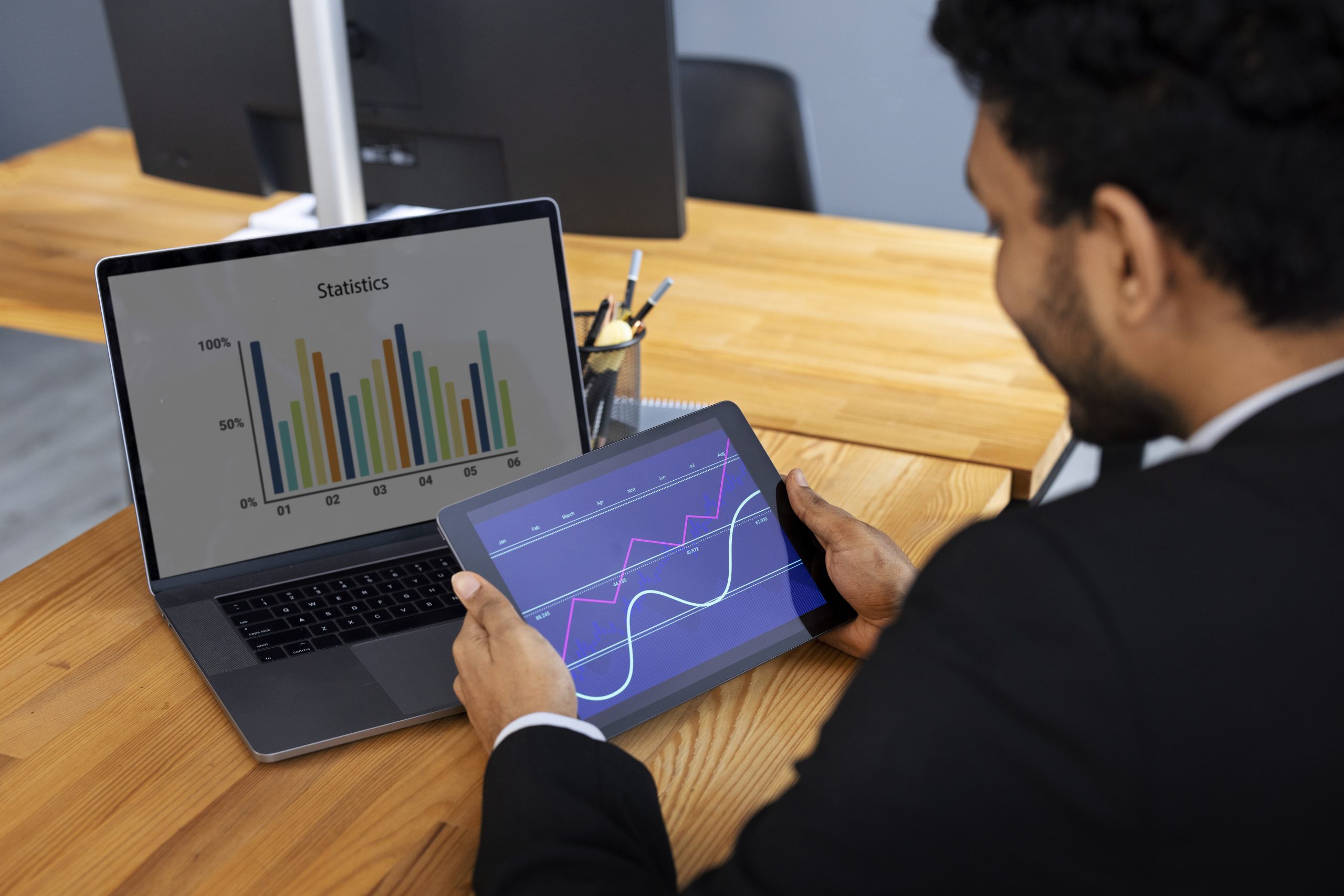
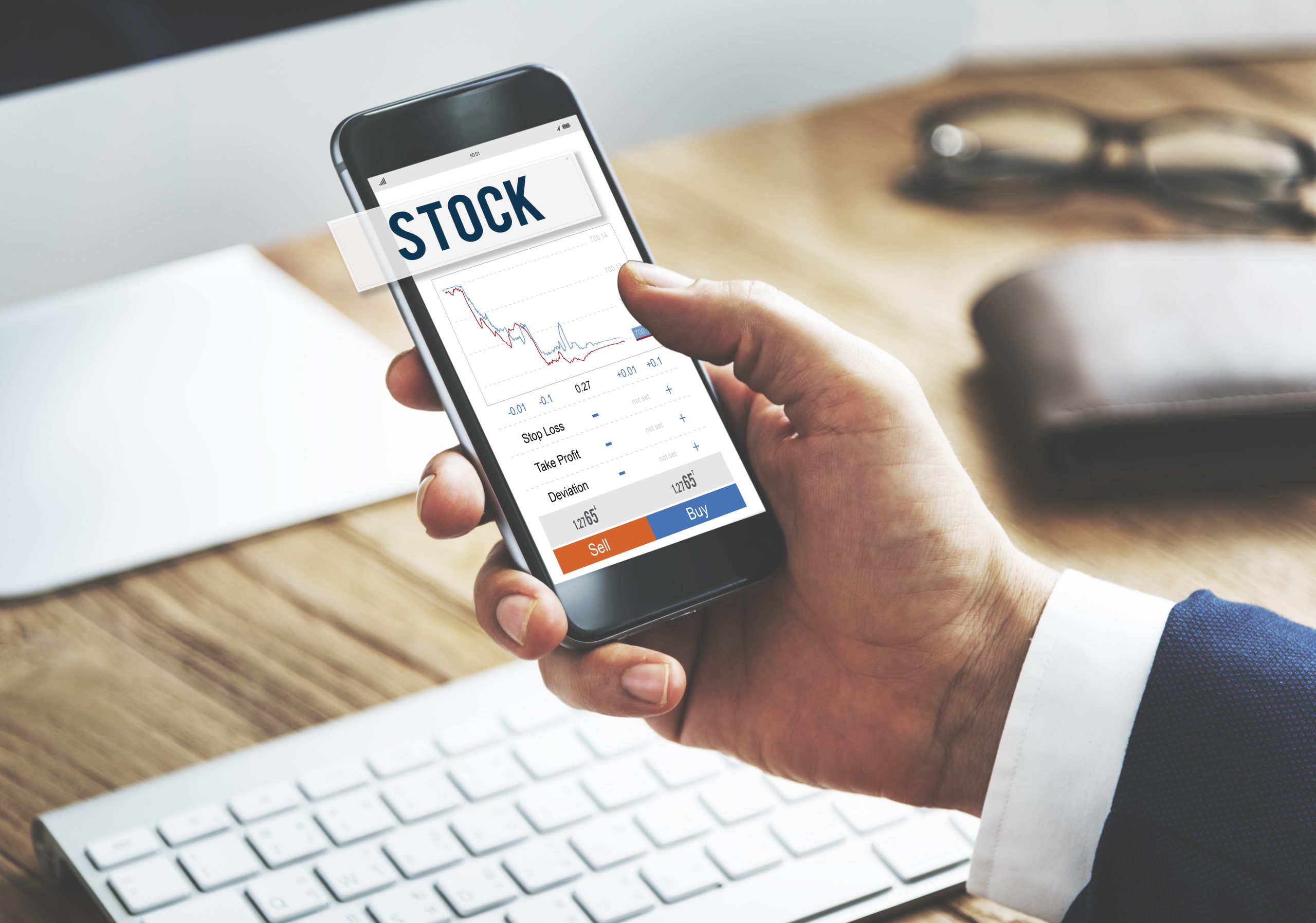
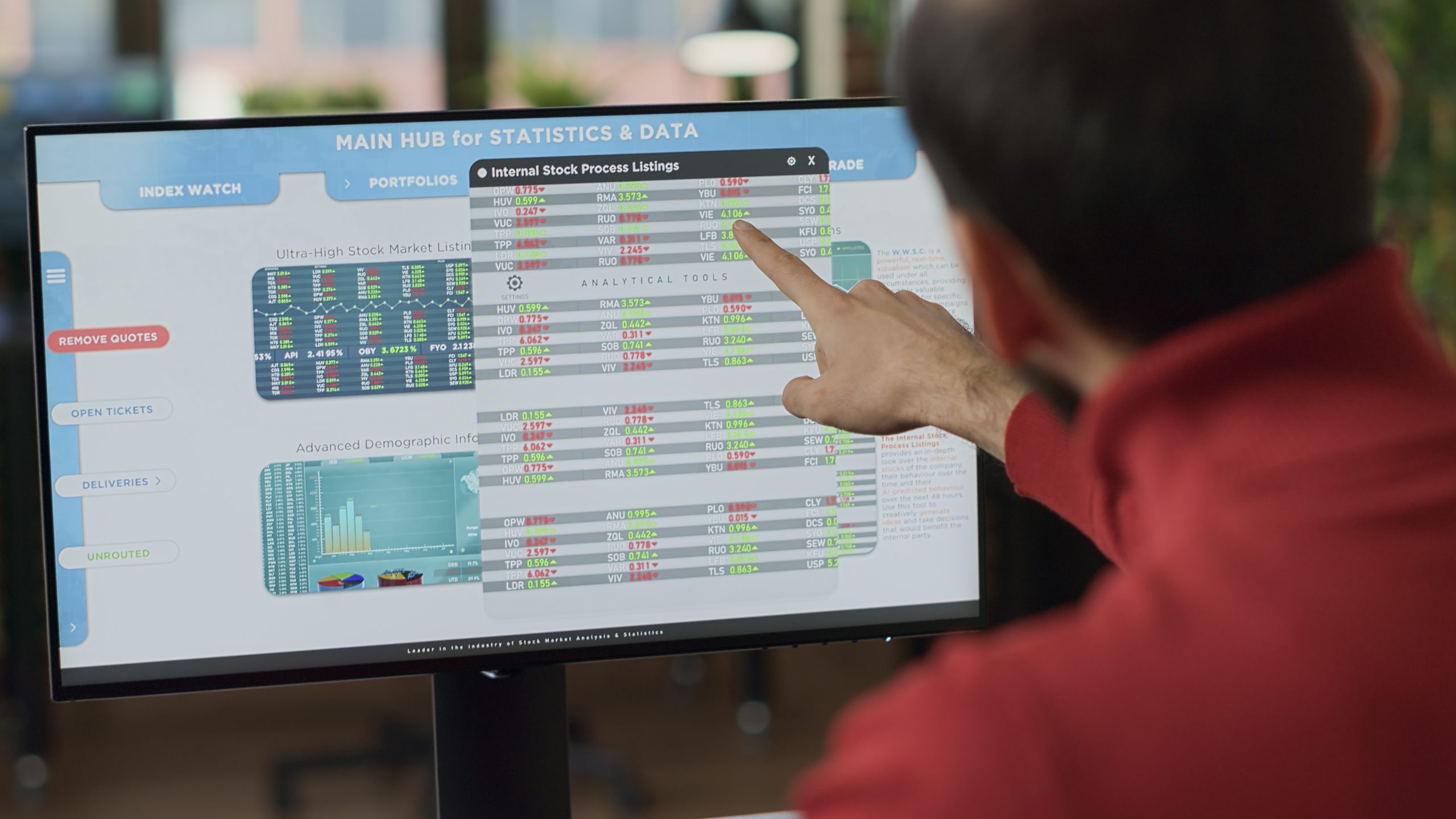

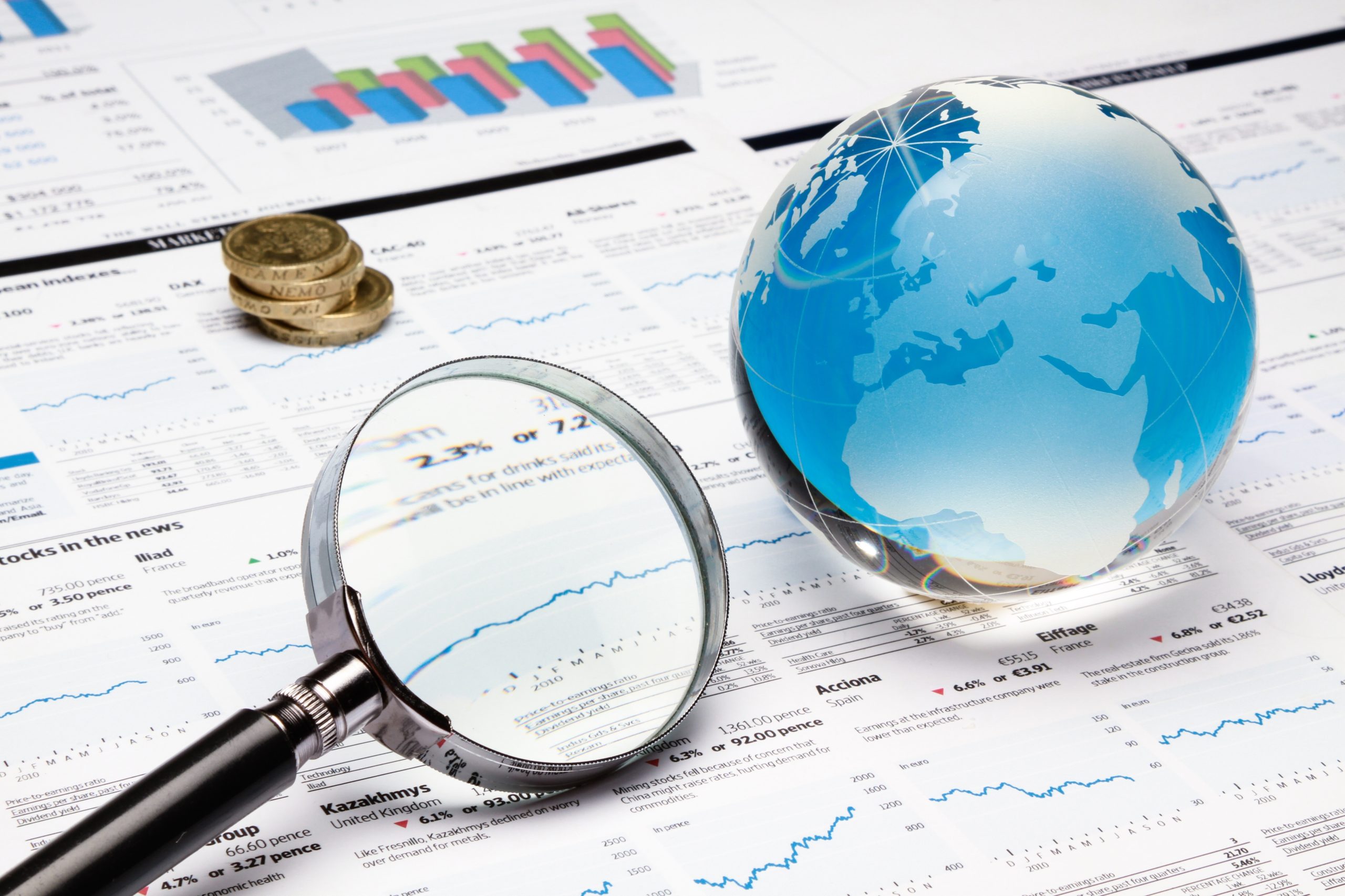
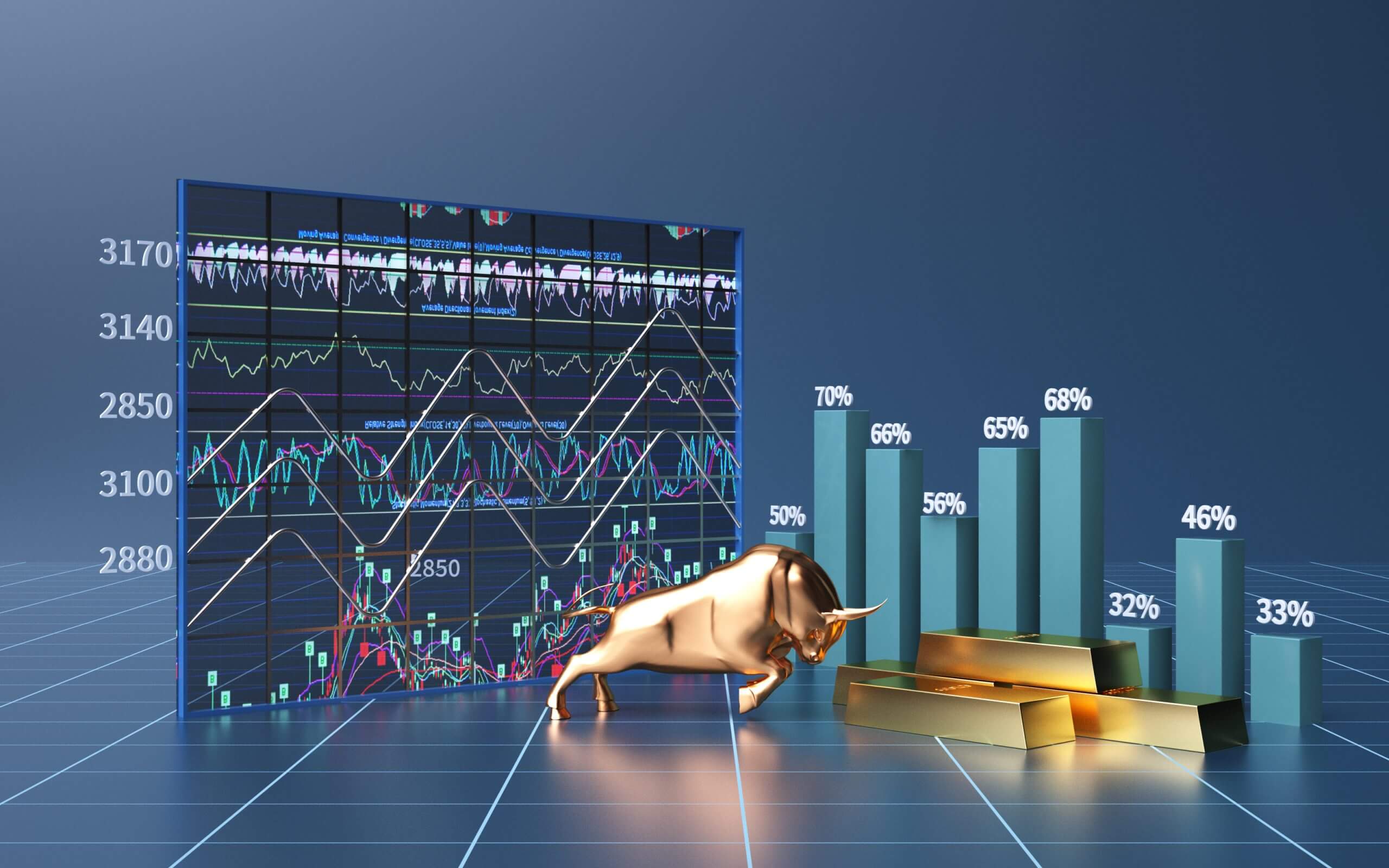
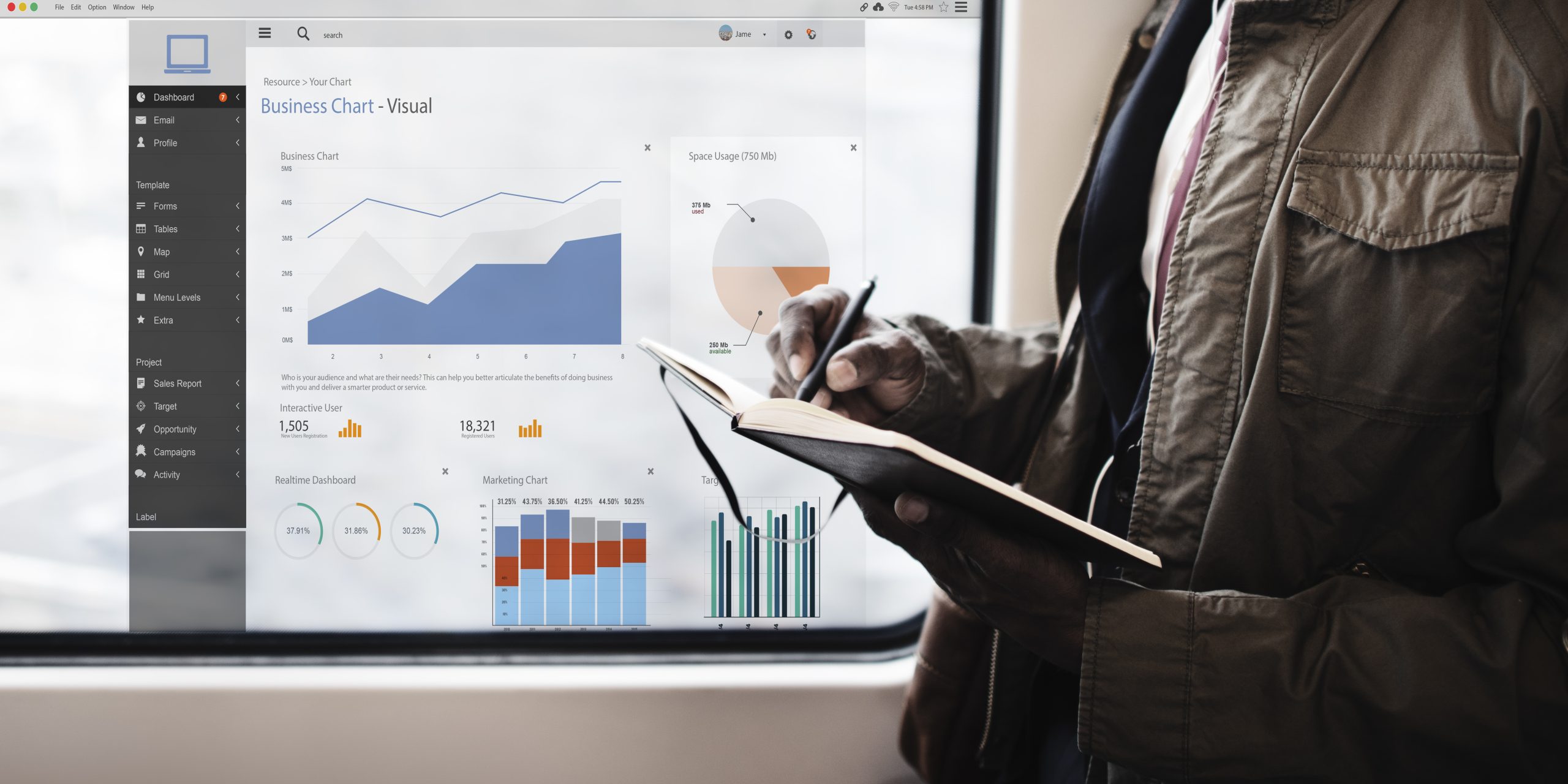

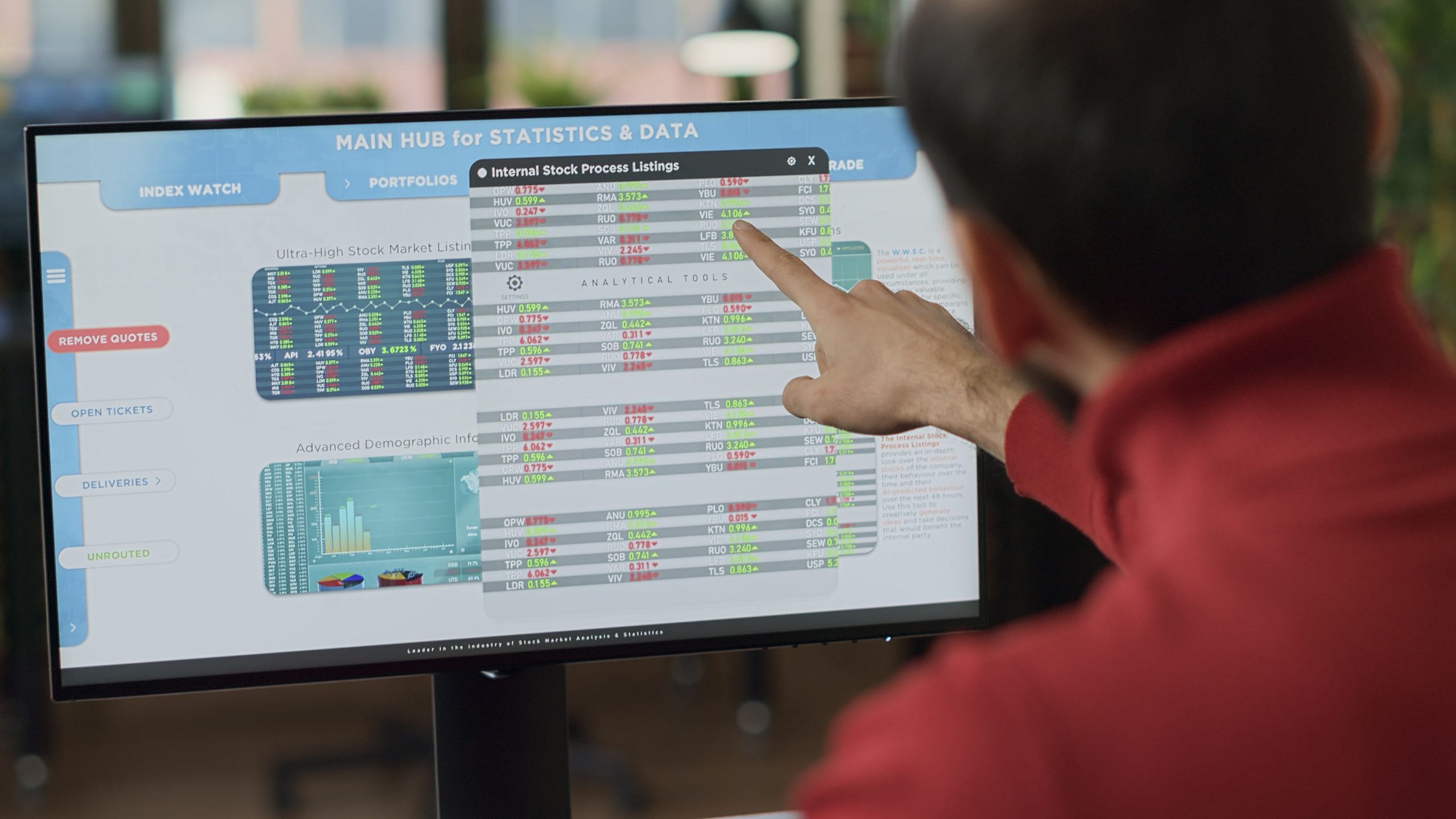
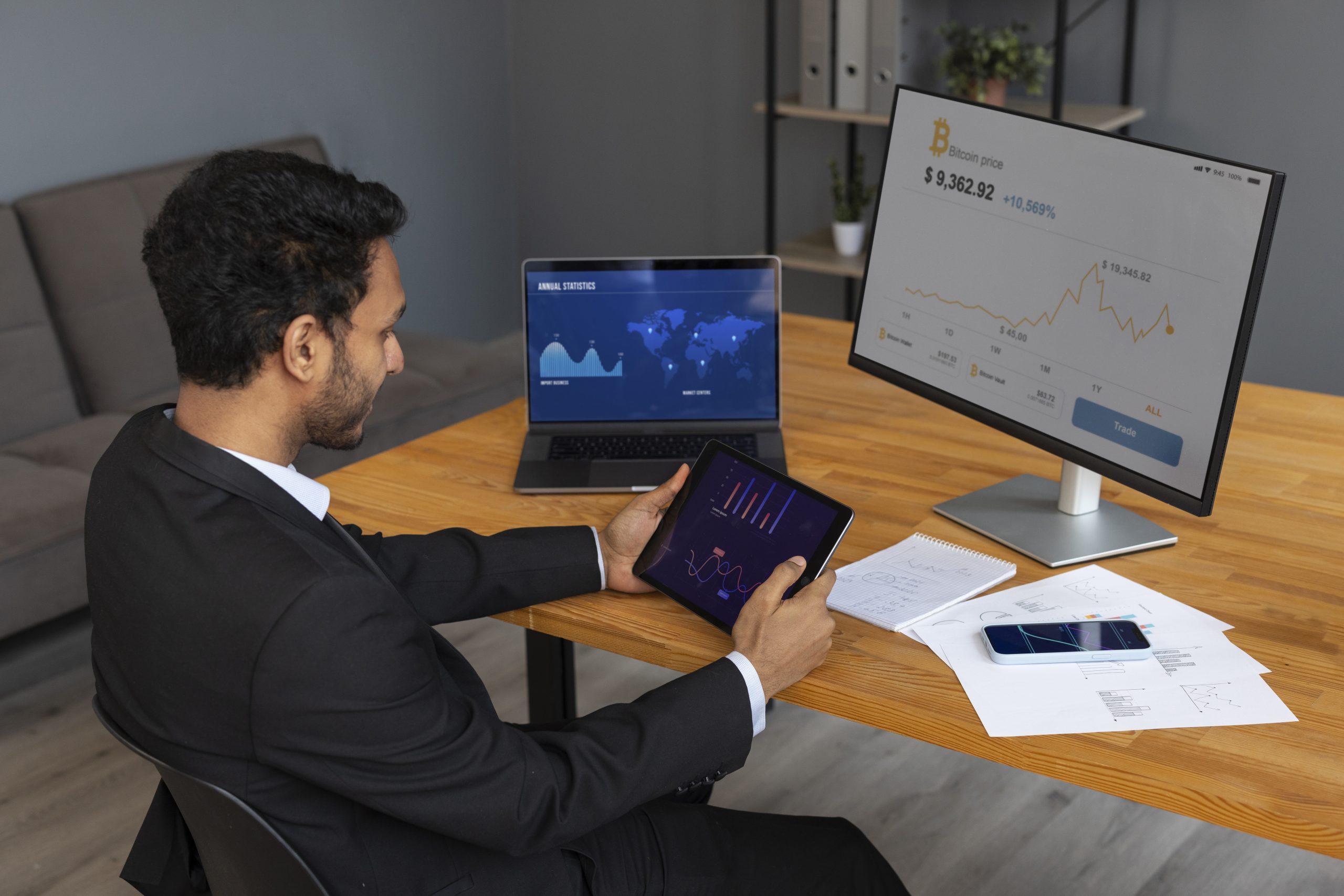
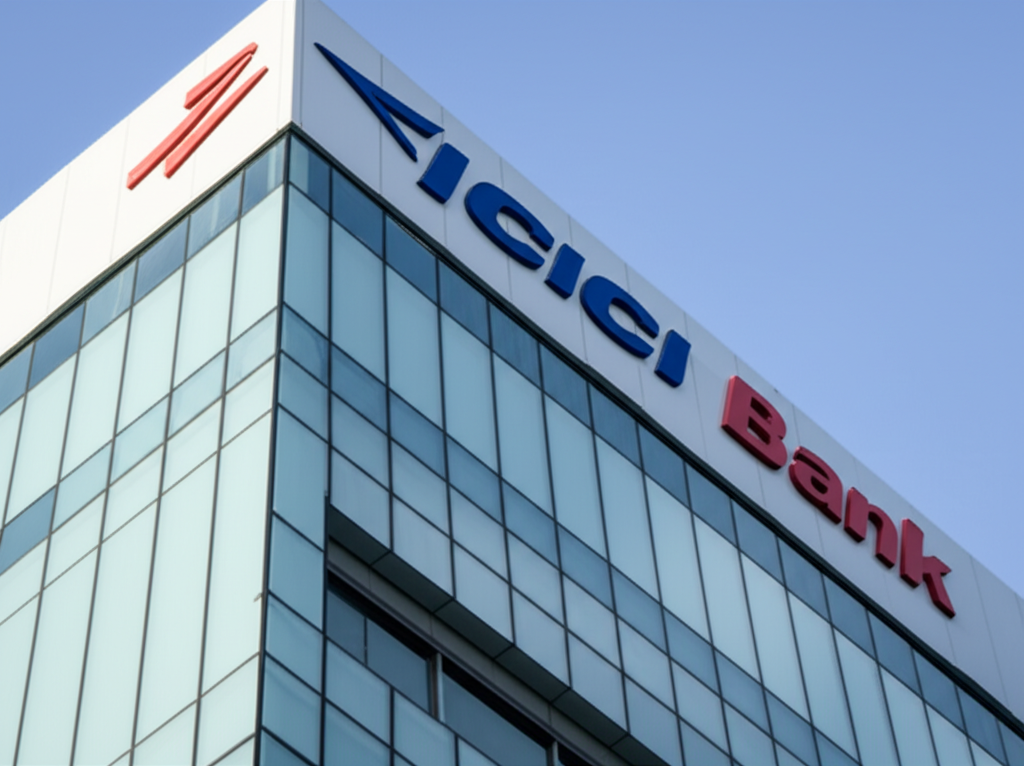

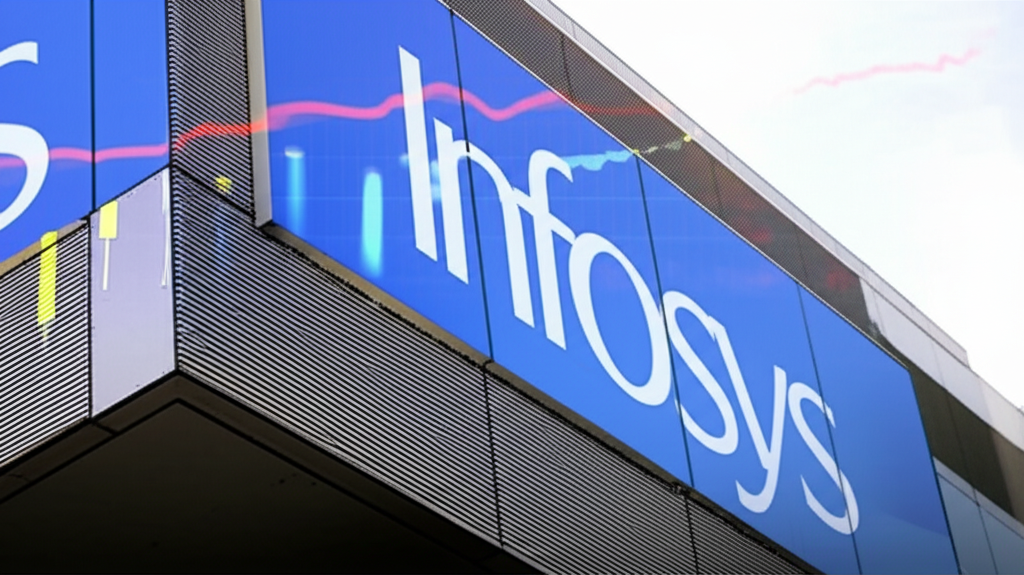
0 Comments